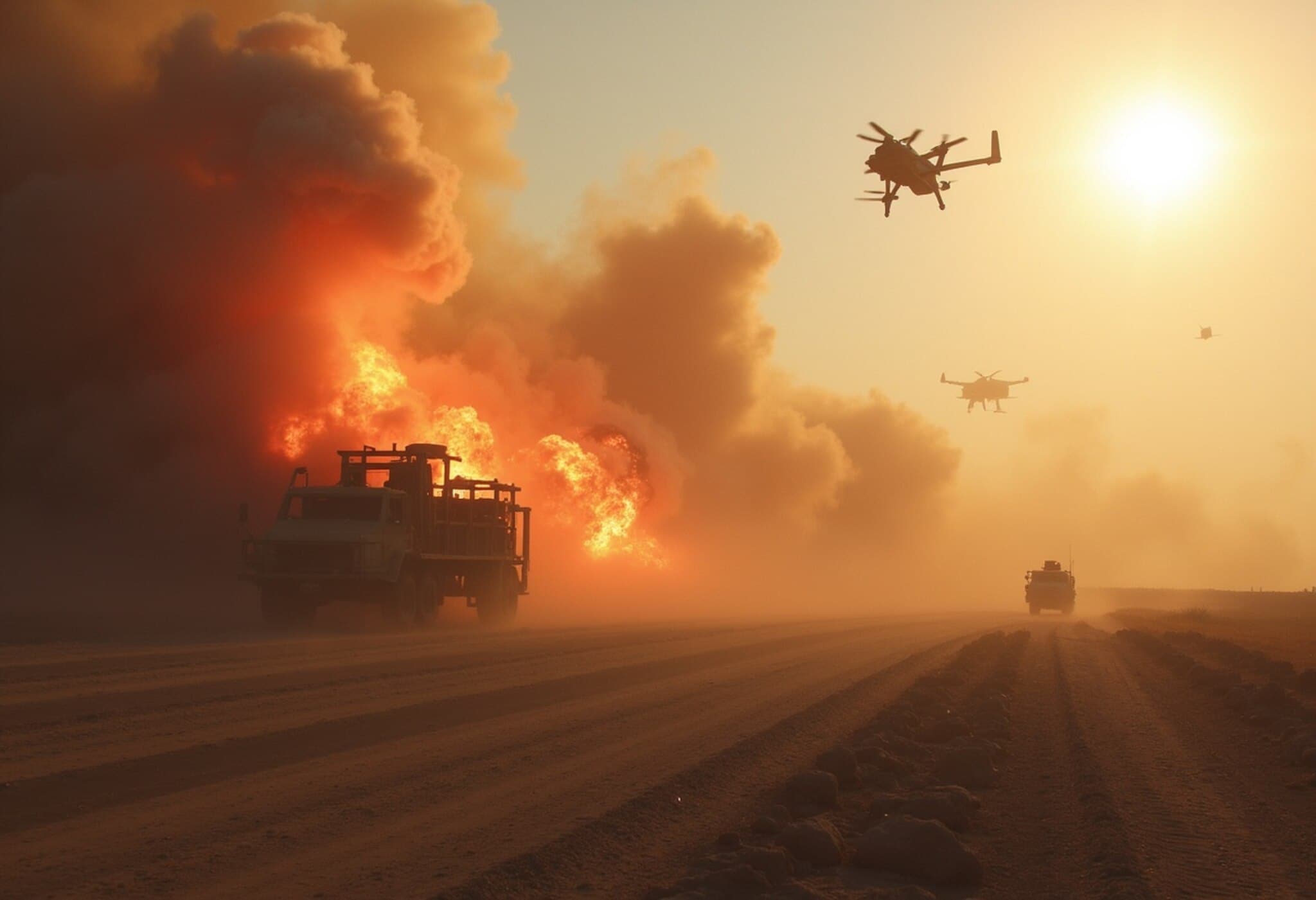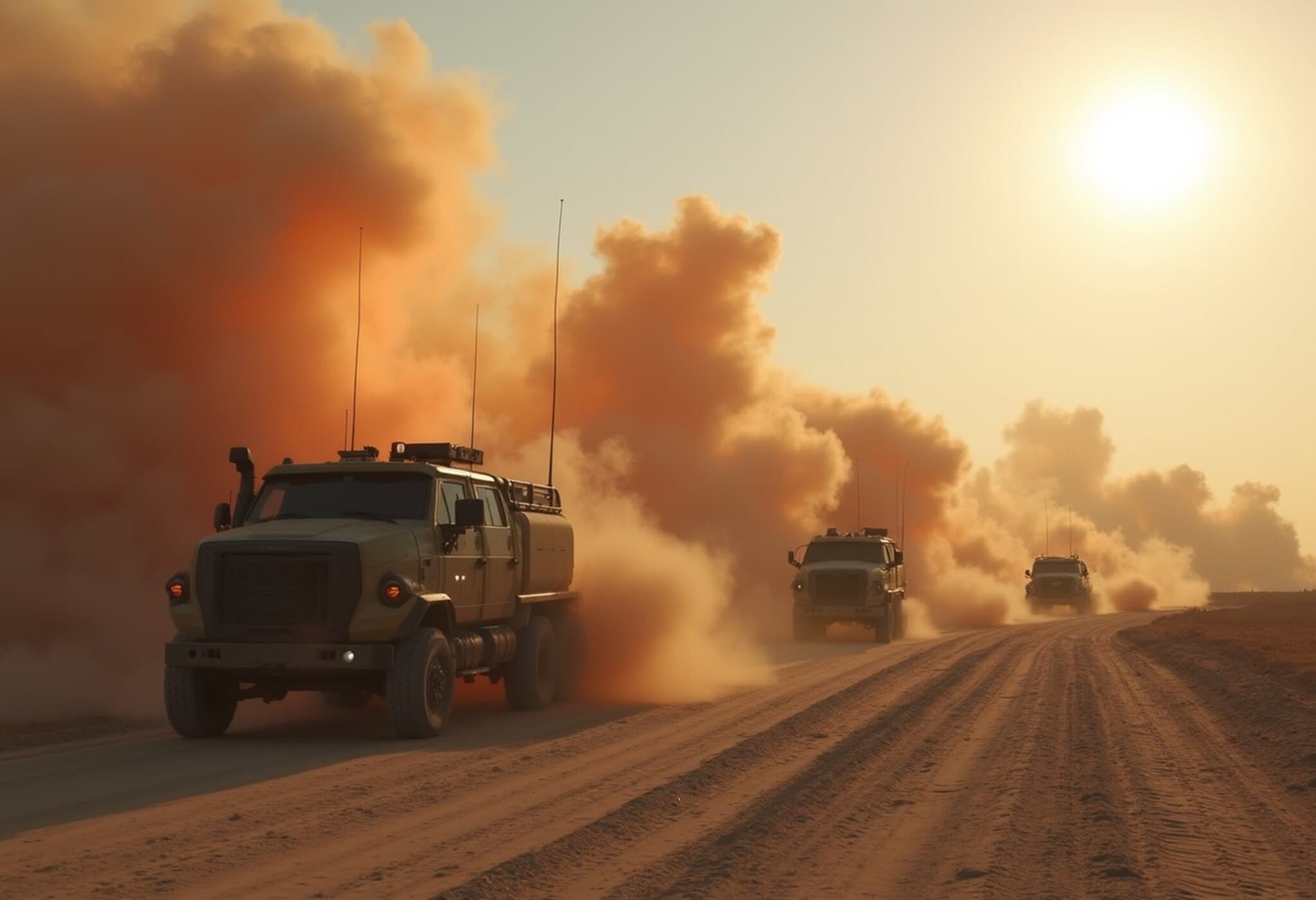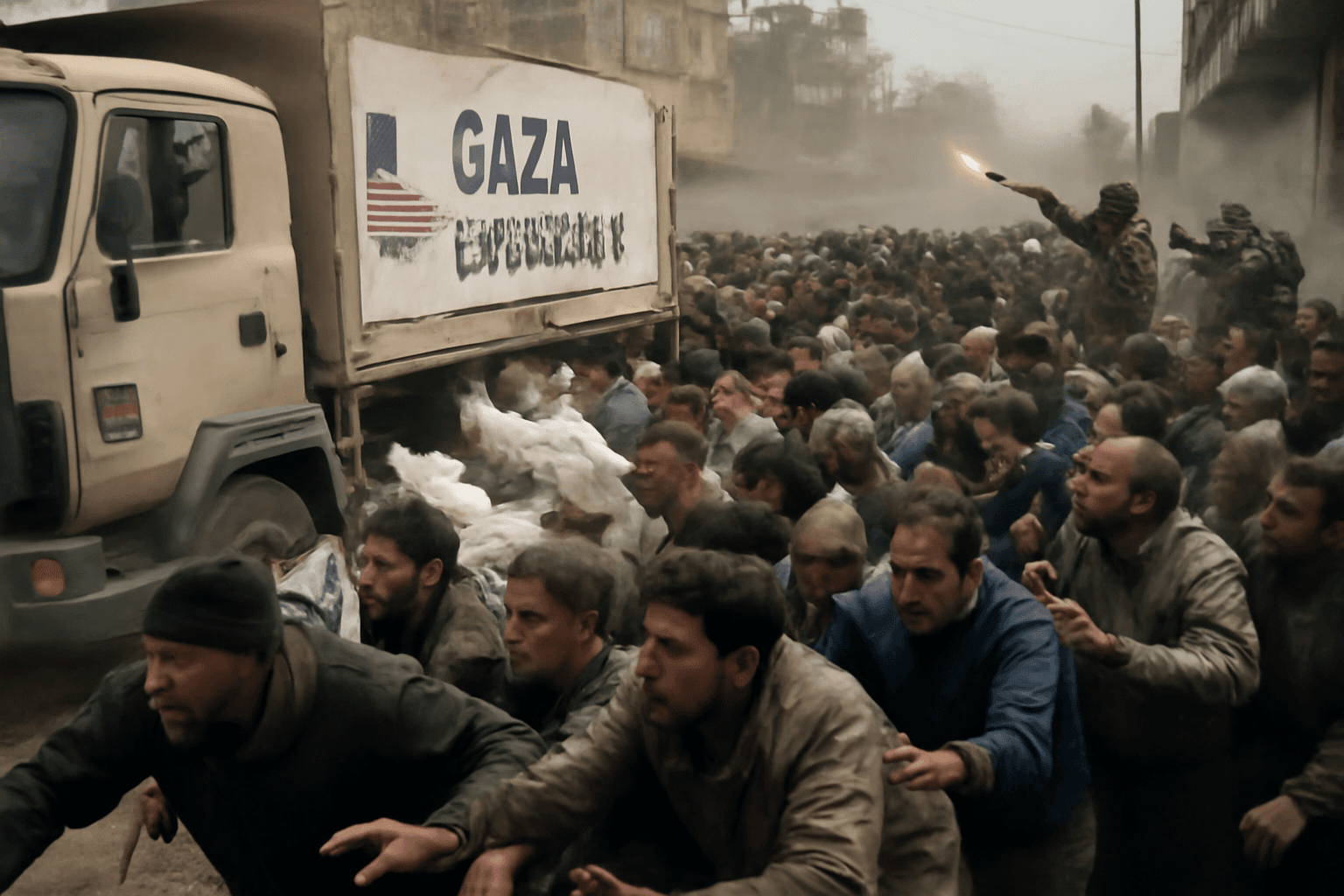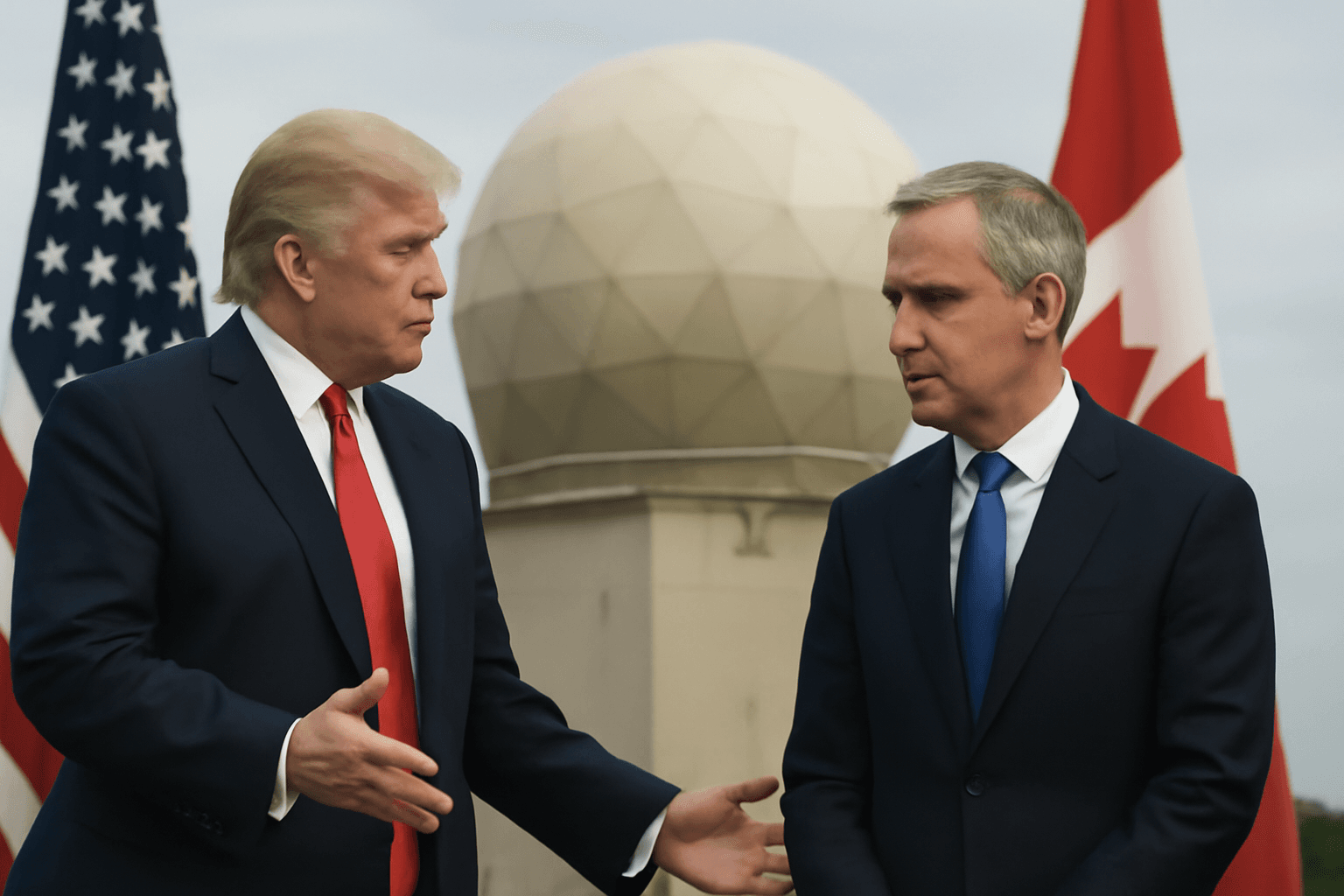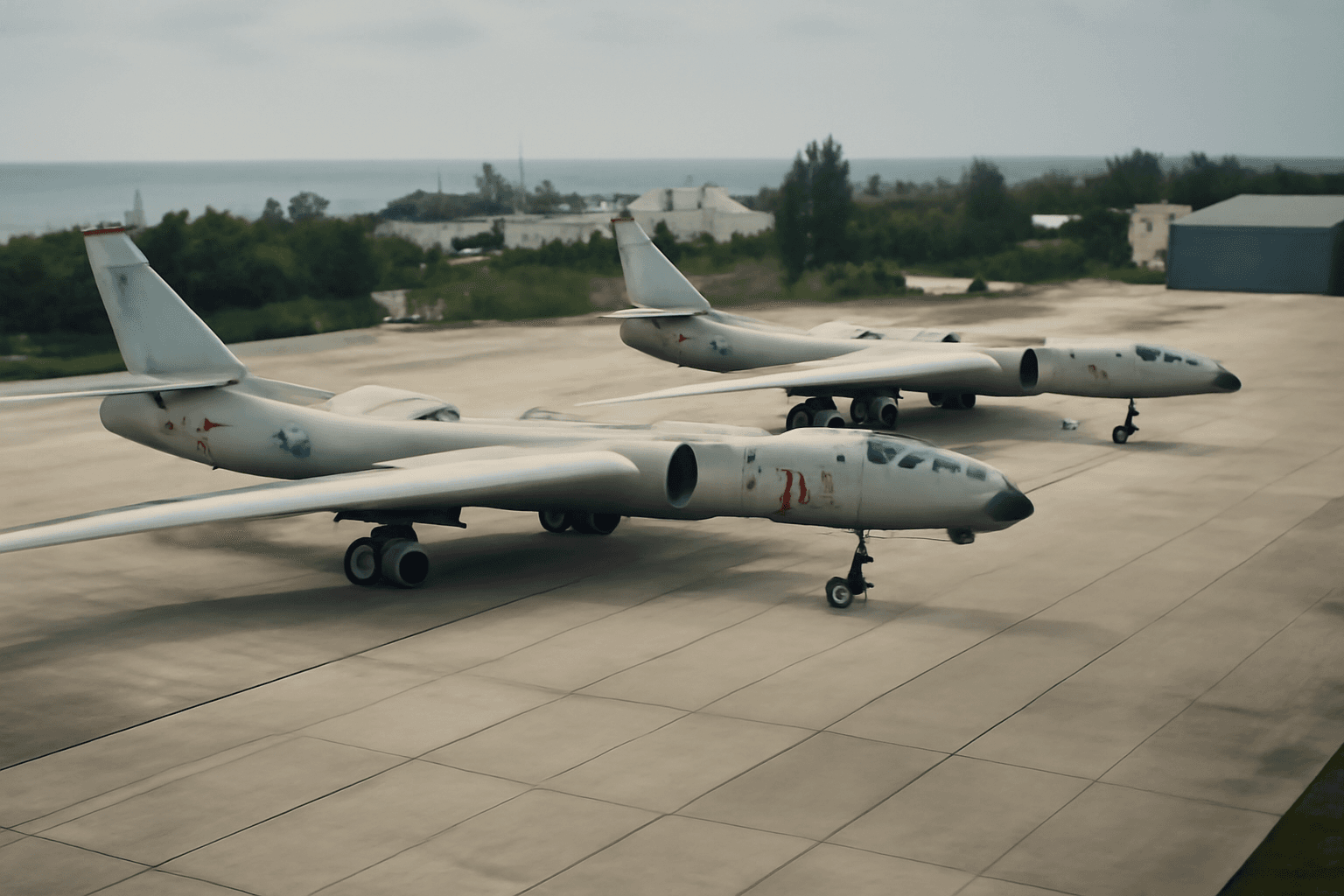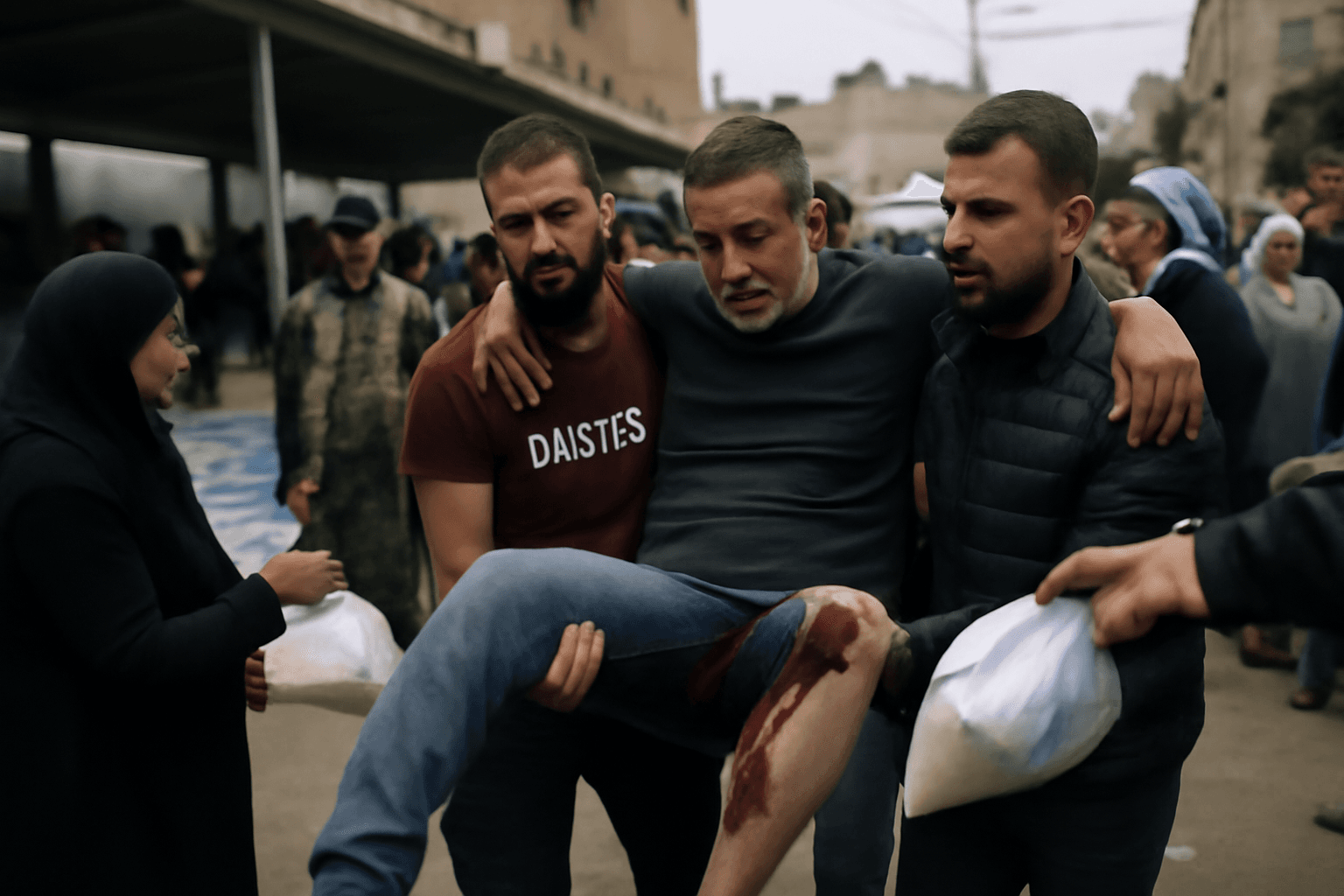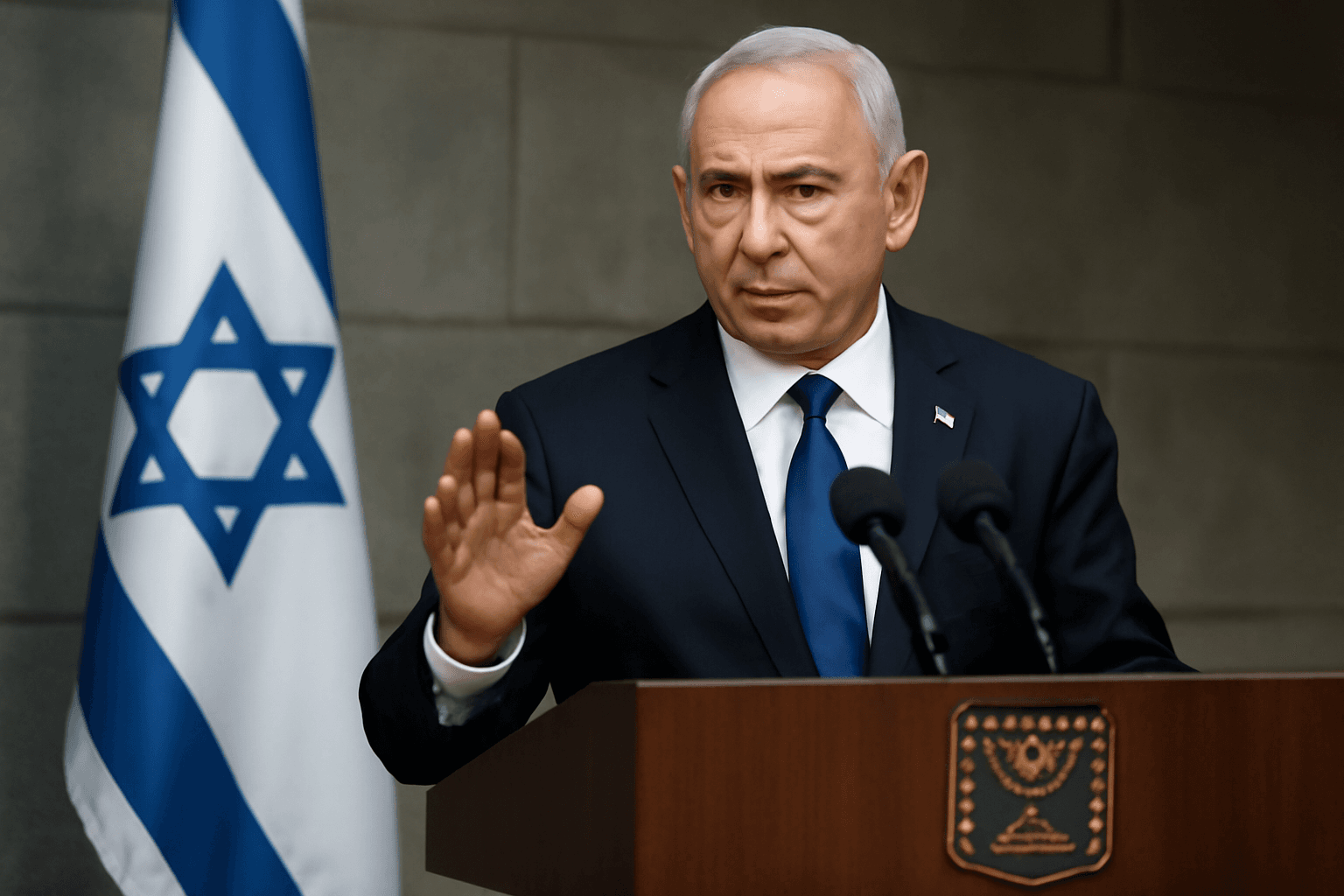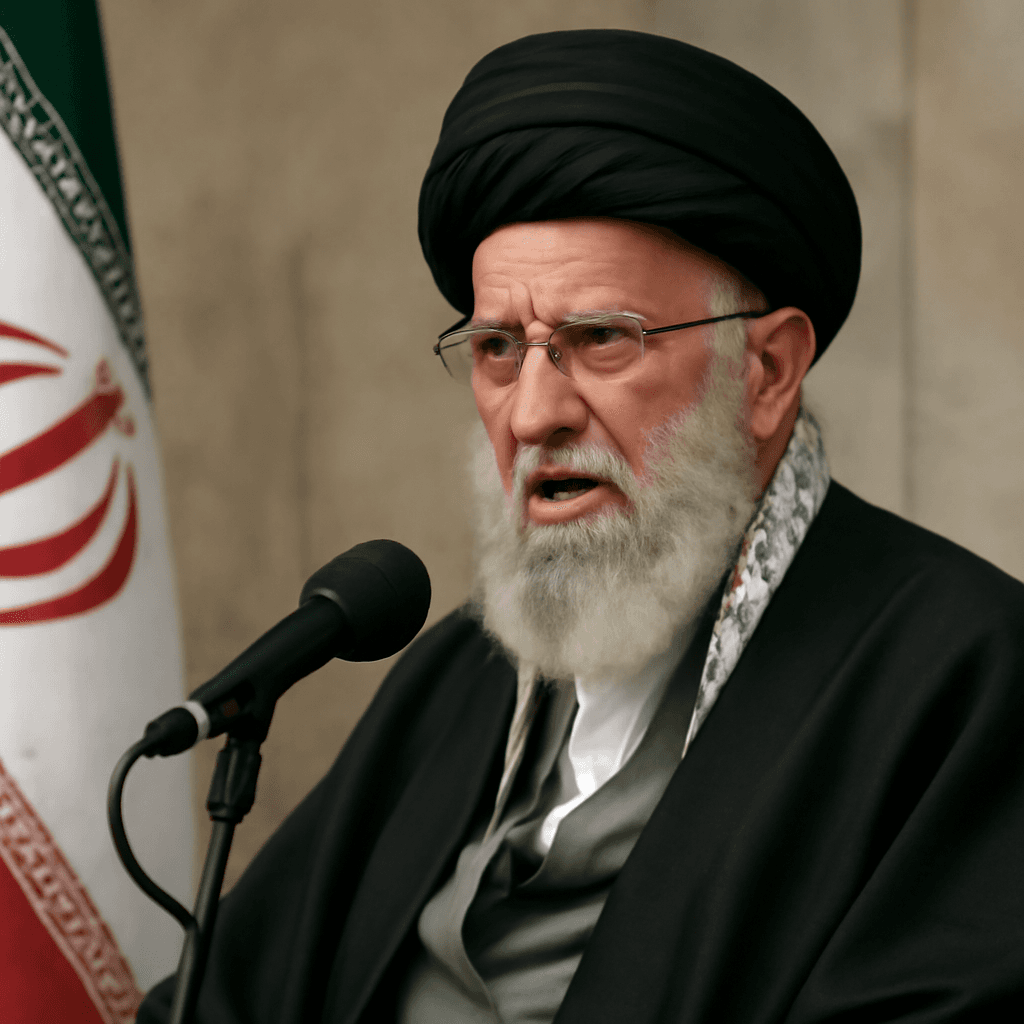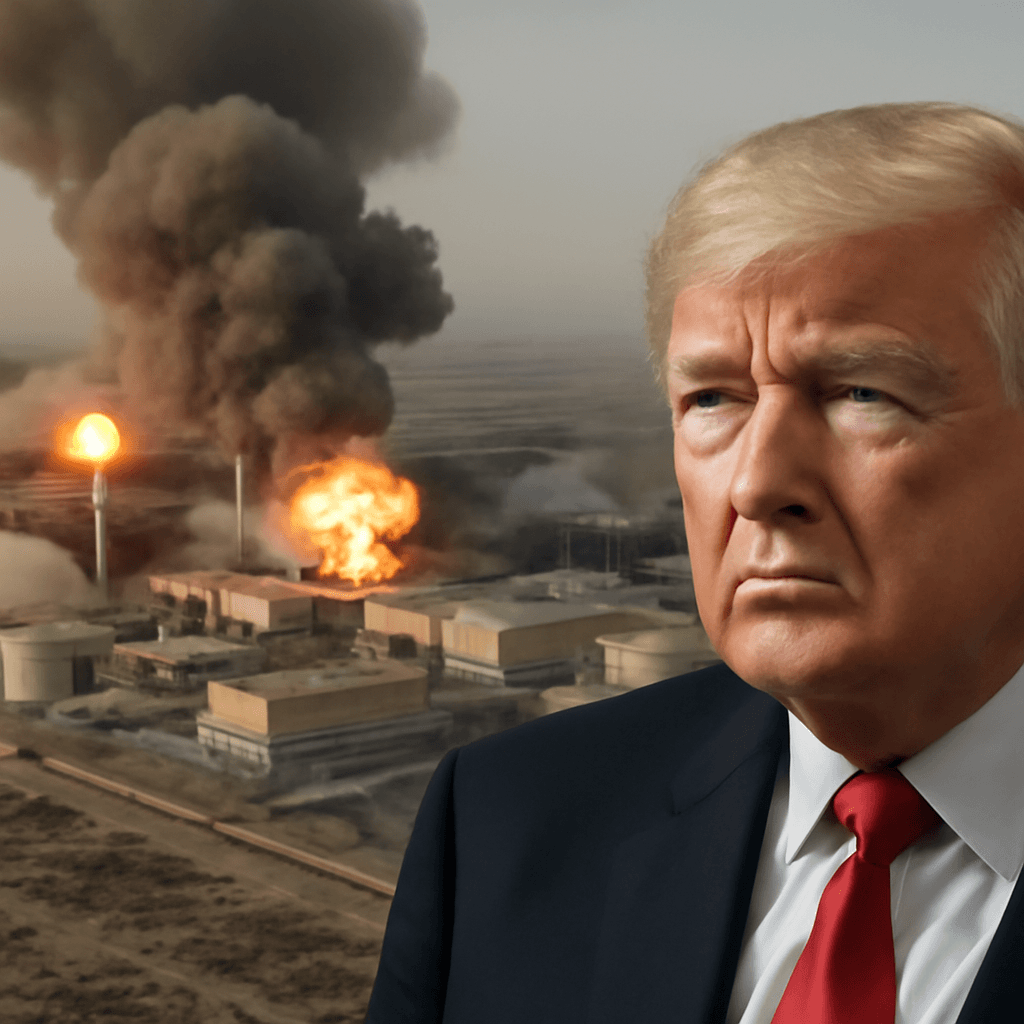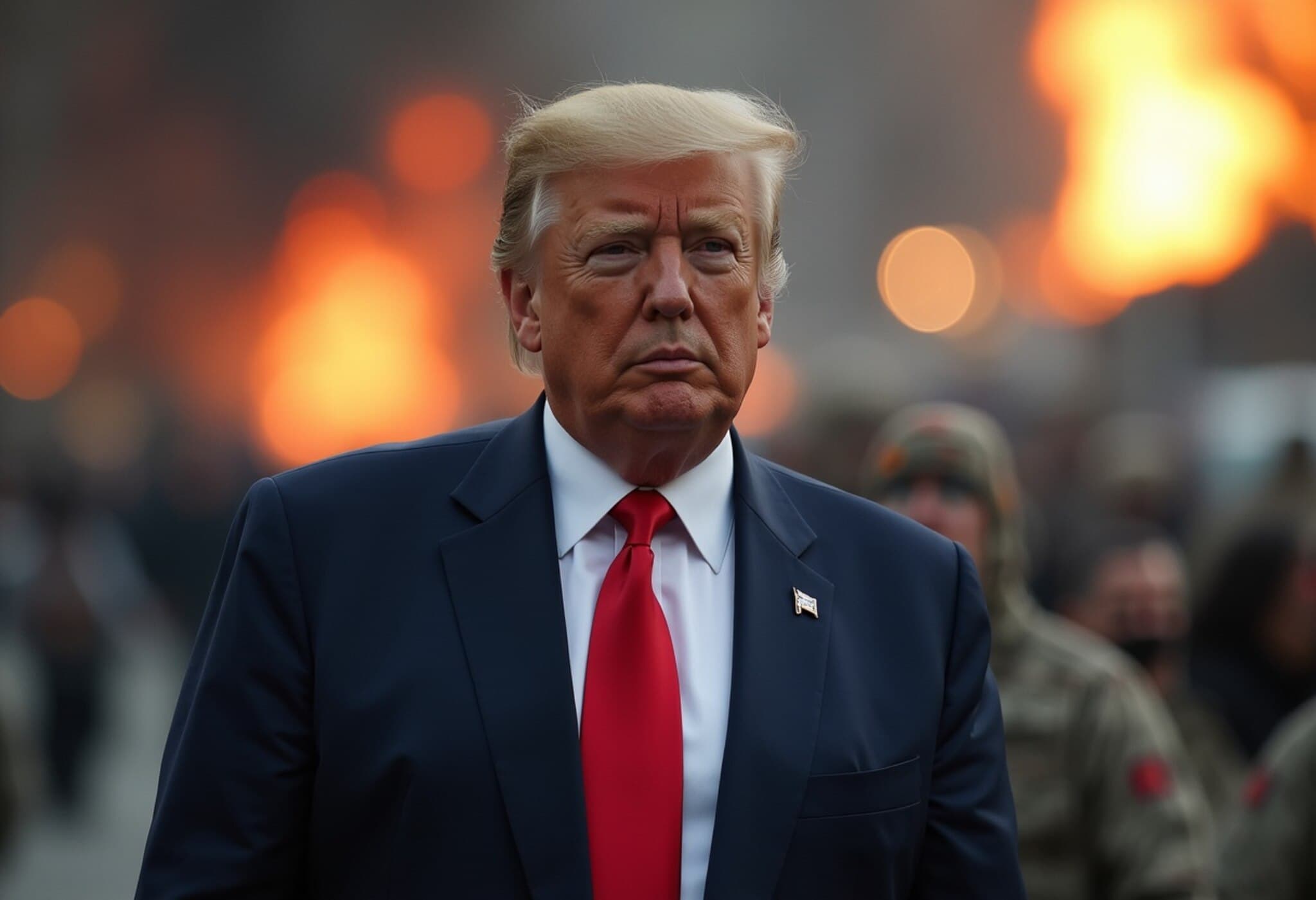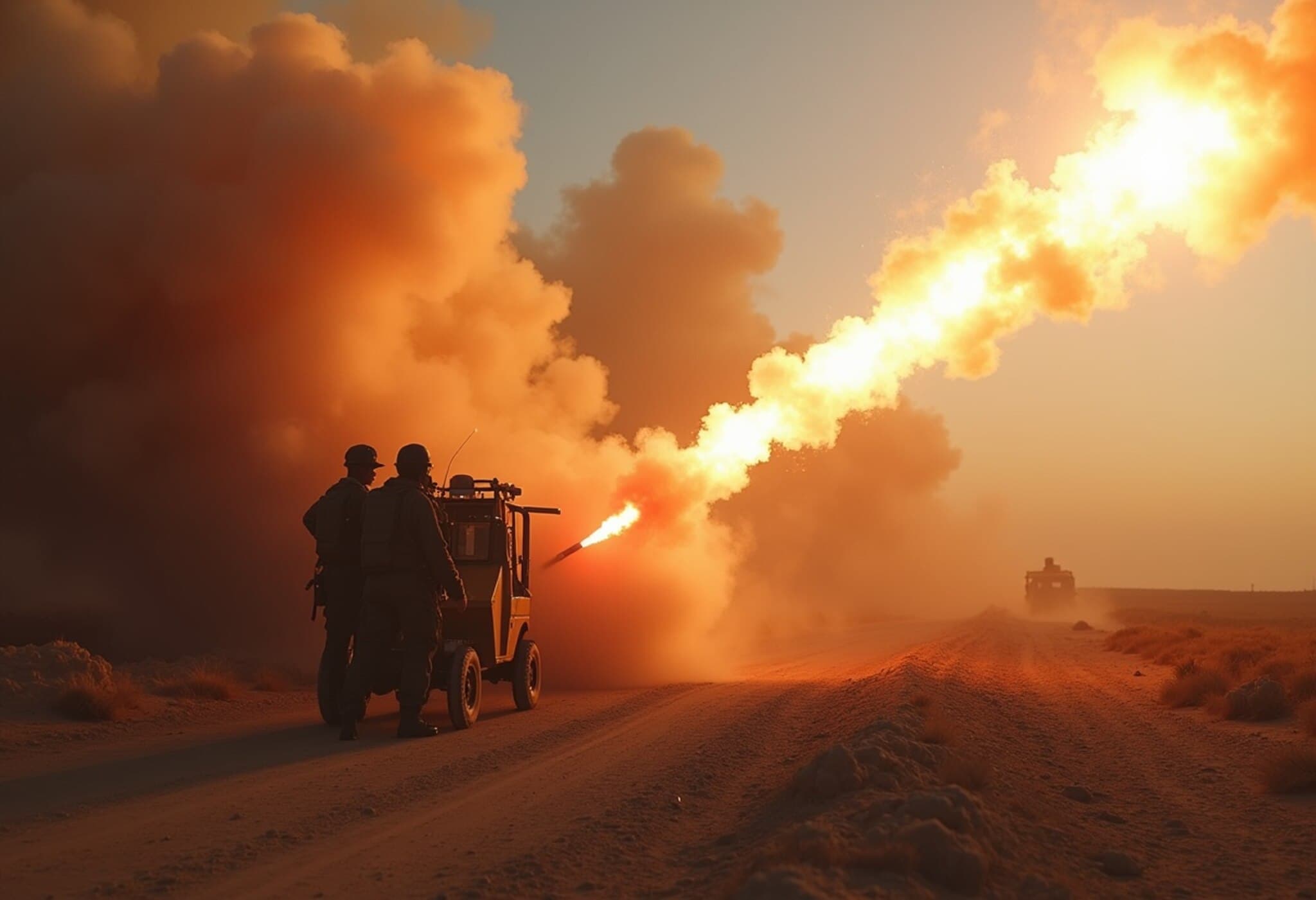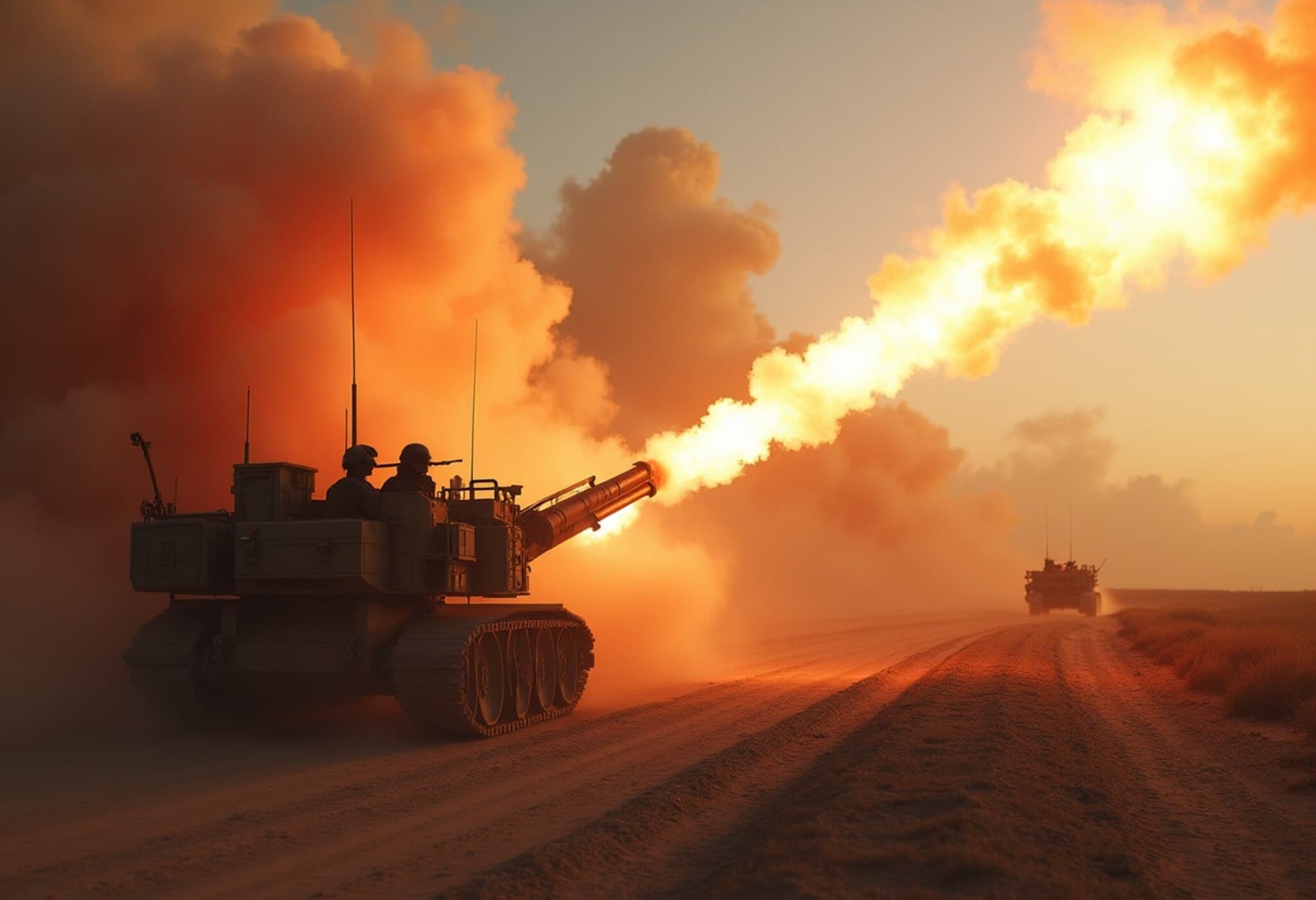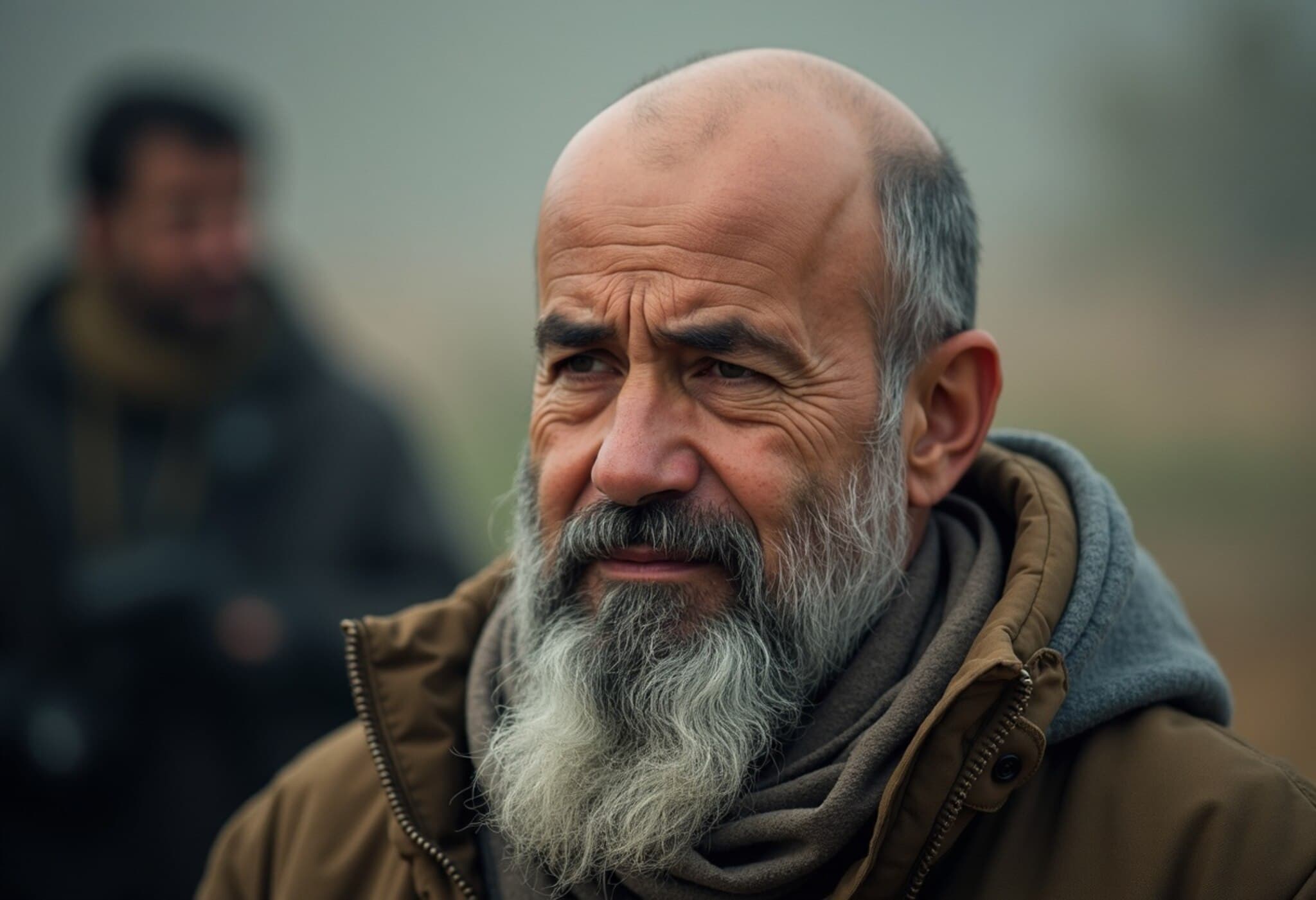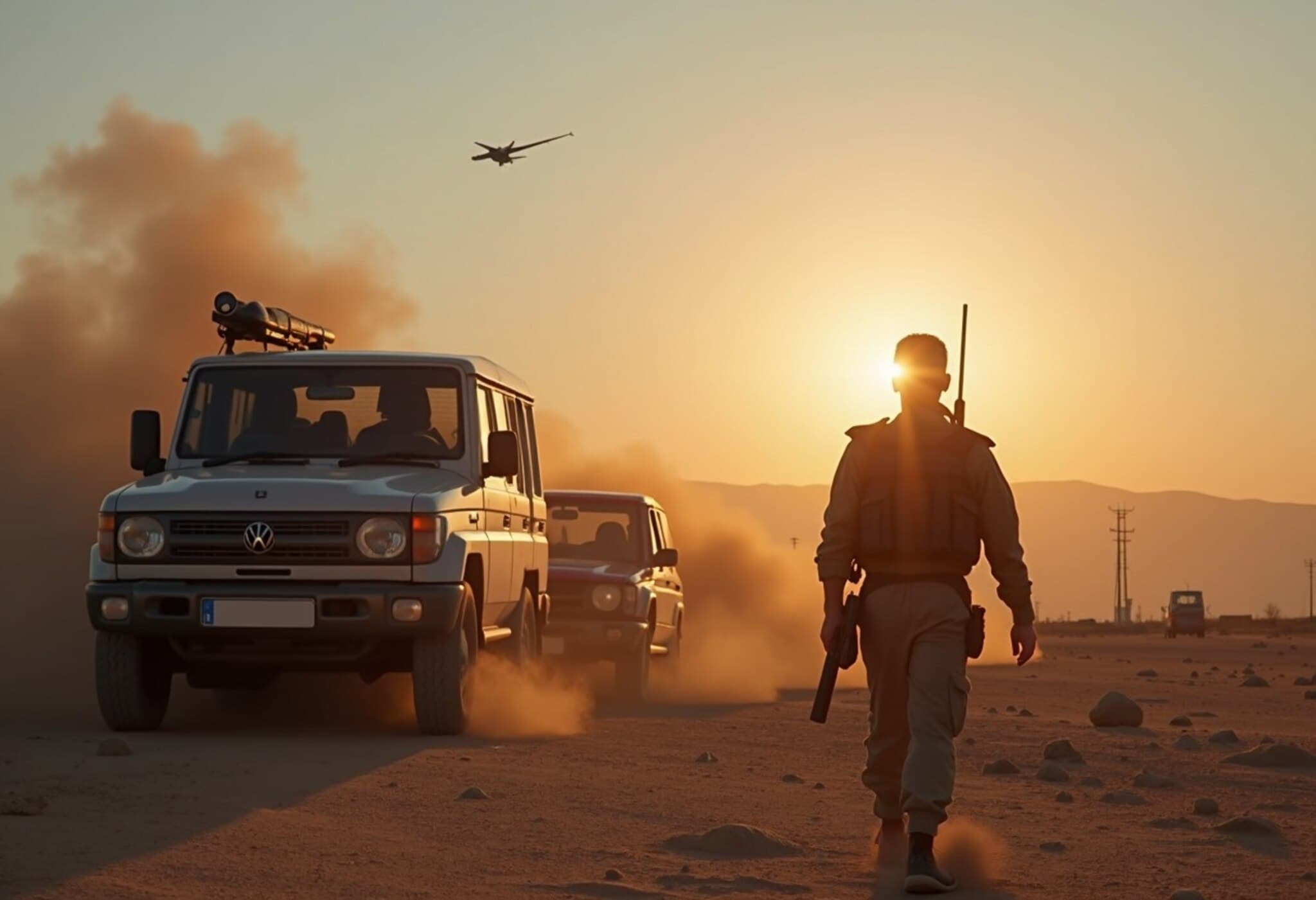French Forces Intercept Iranian Drones Ahead of Middle East Ceasefire
In the closing days of a fiery 12-day conflict, French military forces played a key role by intercepting Iranian drones launched toward Israel. France's Defence Minister, Sébastien Lecornu, confirmed that fewer than ten drones were successfully neutralized by French air defenses and Rafale fighter jets as part of ongoing efforts to curb Iran’s aerial assaults.
Scale of Iranian Attacks During the Conflict
According to Lecornu, Iran unleashed an intense barrage during the conflict, firing approximately 400 ballistic missiles and deploying around 1,000 drones targeting Israeli territory. These aggressive actions resulted in significant casualties and damage.
Iran’s strikes on Israel killed at least 28 people and inflicted widespread destruction on hundreds of buildings. This retaliatory campaign followed Israeli operations aimed at crippling Iran’s nuclear capabilities.
Backdrop: Israeli Strikes and Iranian Retaliation
The hostilities erupted on June 13, when Israel launched a series of targeted attacks against Iran, focusing on dismantling top military leadership and nuclear infrastructure. The Israeli offensive reportedly neutralized senior commanders and several nuclear scientists within Iran. Tehran suffered heavy losses, with Iranian authorities reporting around 610 fatalities and nearly 5,000 injured as a result of the strikes.
In response, Iranian forces retaliated fiercely by unleashing missile and drone strikes toward Israel, intensifying tensions until a ceasefire was agreed upon and implemented on Tuesday.
The Road to De-escalation
The ceasefire brought a fragile calm after nearly two weeks of heightened conflict marked by advanced drone warfare and missile attacks. France’s intervention by intercepting drones highlights the regional complexities and the international dimension of the confrontation.
With both sides counting heavy losses, the recent ceasefire offers a momentary pause in hostilities, although the geopolitical ramifications continue to evolve in the Middle East.

